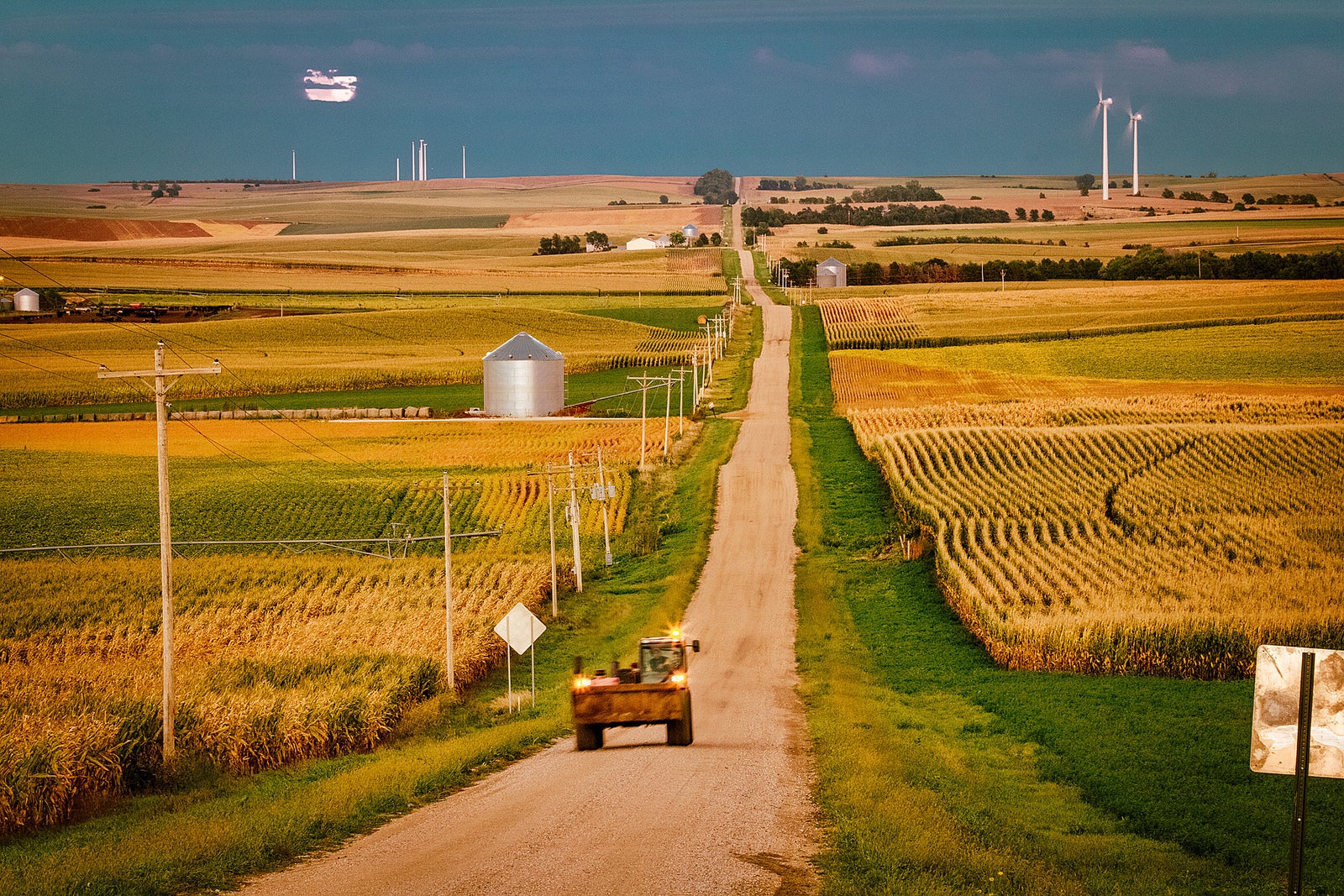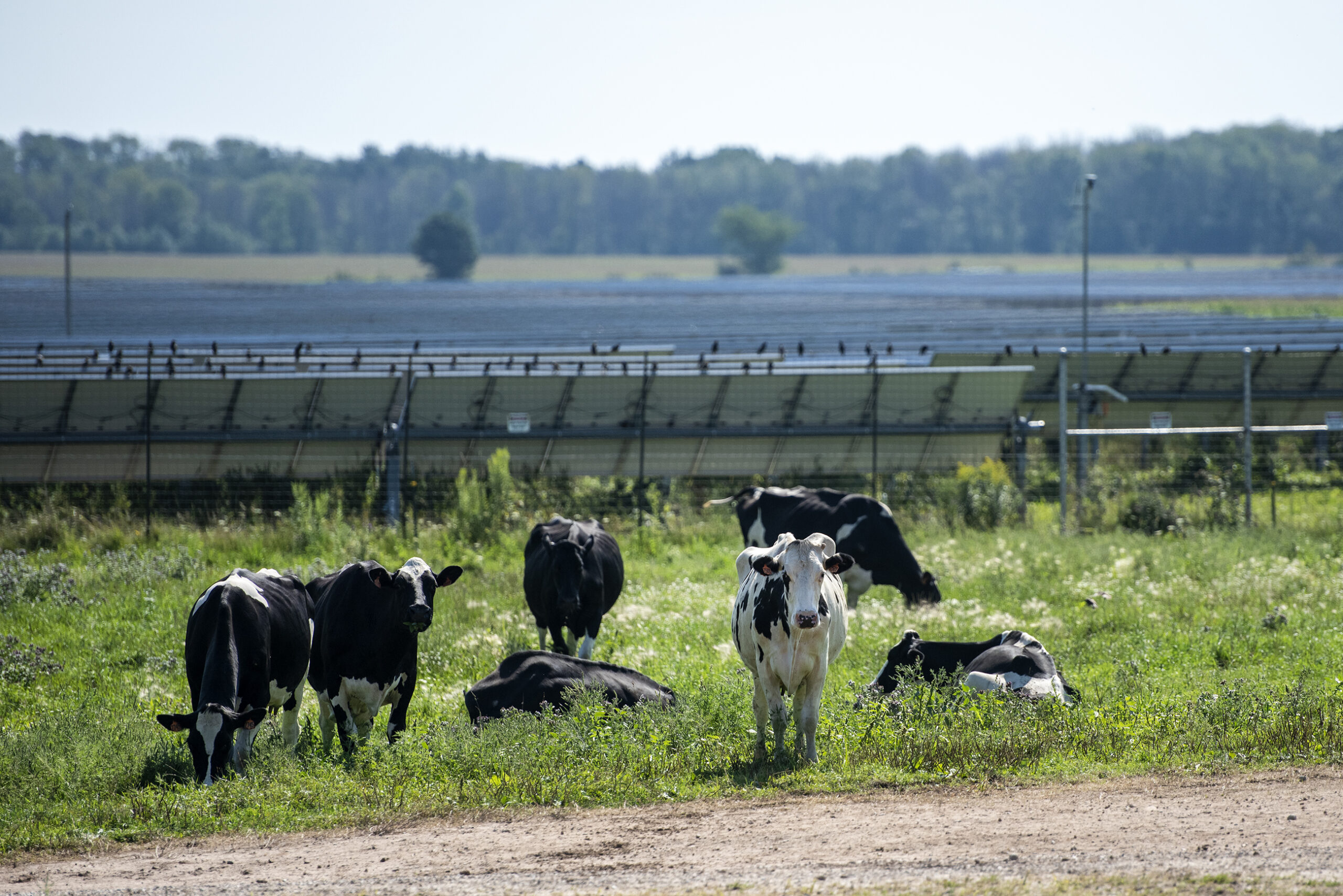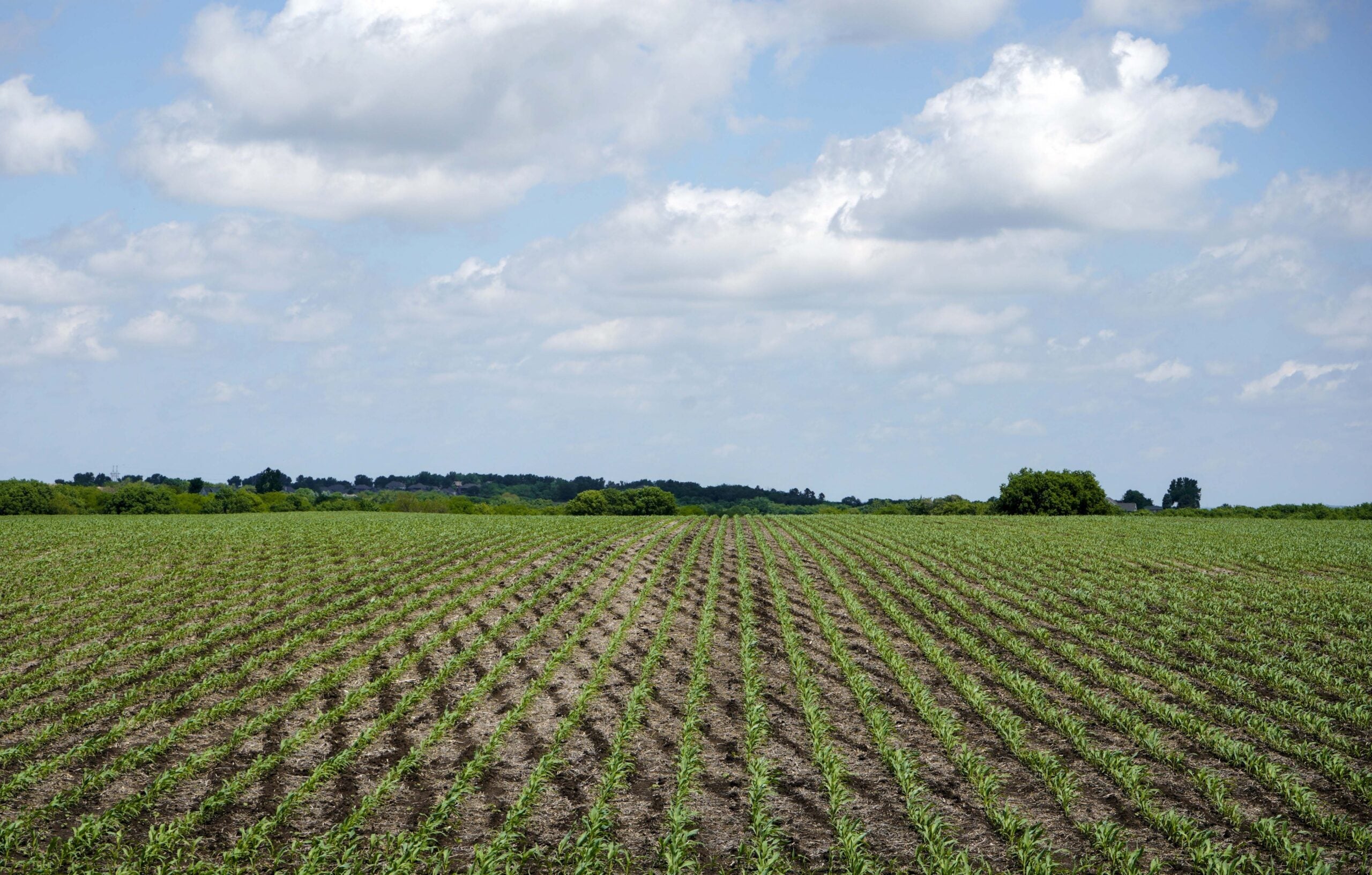The Wisconsin Department of Agriculture, Trade and Consumer Protection has sent out 3,000 surveys to landowners in 15 counties to gauge their thoughts on the state’s Farmland Preservation Program, something fewer farmers are participating in.
Under the program, farmers can receive a range of tax break options for preserving land for future agricultural use and protecting it from development. The amount of tax incentive farmers receive depends on whether they’re located in a farmland preservation zoning district or “agricultural enterprise areas” that have been designated by landowners and local governments. Landowners may claim a tax credit ranging from $5 to $10 per acre based on their location and willingness to sign 15-year agreements to preserve farmland.
Around 13,000 people claimed roughly $18 million in tax credits through the program in 2015. However, just under 12,000 received $16.6 million in tax credits in 2016, said Alison Volk, land management section chief with DATCP. The number of claims in 2016 represents a nearly 25 percent decrease from the roughly 16,000 claims made in 2010.
Stay informed on the latest news
Sign up for WPR’s email newsletter.
“We’re trying to get a better sense of what’s happening, how landowners view the program,” Volk said.
The survey is the first widespread assessment of the program since it changed in 2009, Volk said. Changes to the program may be one reason participation is declining, said Mark Hagedorn, UW-Extension Agriculture Agent for Eau Claire County.
“One of the big drivers in … qualifying for farmland preservation is to have a nutrient management plan in place,” he said.
Nutrient management plans determine the amount, timing and application of nutrients, including manure, on the land. Changes to the farmland preservation program took effect in 2010 that required landowners to have such a plan in addition to receiving nearly double the tax credit available at the time. Landowners had a five-year window to come into compliance with the changes.
Barron County Conservation Planner Justin Everson said some landowners no longer claimed the tax credit after the state required them to show they had a nutrient management plan. He said that may mean more work and cost for some farmers.
“When you’re looking at a tax credit, they weigh that all towards the price of compliance,” he said. “It’s worth it for some. It’s not worth it for others.”
Everson said the program required landowners to conduct one soil sample for every five acres and update nutrient management plans.
“I’ve worked with a few that maybe they only pull one sample per field. They don’t want to spend the money on soil testing so that’s a hang-up for them,” he said. “They maybe don’t want to hire a certified agronomist to write up a plan for them, which depending on the acreage they run, could be very costly for them.”
In addition, Everson said another factor that may impact participation is a state requirement that landowners obtain a certificate of compliance from counties to show they were eligible to receive the tax credit.
The state began requiring farmers to obtain a compliance number in 2016 for inclusion on their tax forms in order to receive the credit. Prior to the change, landowners could claim the credit on their taxes, but there was no way for counties to verify they were fulfilling requirements of the program. However, Everson said many of those in Barron County who were claiming the credit have continued to take part in the program. Barron County has 202 landowners with 43,615 acres enrolled in the program.
The program has also been well-received in Eau Claire County, said Amanda Schultz, conservation technician agronomist. She said they have around 250 participants with roughly 46,500 acres enrolled in the program. She said the certificate of compliance weeded out people in her county who were claiming the tax credit but weren’t meeting state standards to have a nutrient management plan.
“In other areas, that’s the one thing that farmers have a hard time completing in order to obtain the tax credit,” she said.
She noted 95 percent of nutrient management plans in Eau Claire County are written by farmers, primarily through a paper plan as opposed to the state’s computer-based SnapPlus nutrient management planning software. Schultz said the age of farmers may also play a role in the willingness of some to document nutrient management plans or sign 15-year agreements to preserve farmland under the program.
“Given the age of a lot of farmers, you don’t know if you’re going to be farming in 15 years,” she said.
Another factor impacting participation may be fewer farmers as some rent land or get out of the business altogether, according to Steve Strey, a commercial beef cattle producer and president of the Eau Claire County Farm Bureau.
“A lot of dairy producers went out of business or chose to get out of business last year so there’s – as a statistical number – there’s less and less farmers on the farms every year,” he said.
Wisconsin lost 500 dairy farms last year, according to most recent state figures. Strey added that an awareness of the program may be dwindling as land changes hands. While participation is declining statewide, Volk said the state is seeing interest or growth in some areas like Waupaca and Clark counties.
“Some places are adopting farmland preservation zoning for the first time,” she said. “So even though statewide there are less landowners who might be claiming the credit, we are seeing continued interest in the program.”
Volk said landowners are claiming tax breaks on less than half of the roughly 5.5 million acres eligible under the program. The state is seeking responses to the surveys by the end of the month.
Wisconsin Public Radio, © Copyright 2024, Board of Regents of the University of Wisconsin System and Wisconsin Educational Communications Board.



